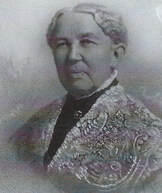 Margaret S. Hood (1833-1913) Margaret S. Hood (1833-1913) From my time here at Mount Olivet, I’ve had the pleasure of meeting some of the loyal "Stories in Stone" readers through the Friends of Mount Olivet membership group or from interactions in the office. For those of you who have not met me yet, my name is Katelyn Klukosky, and I am currently a senior studying History and Nonprofit and Civic Engagement at Hood College. For my major, I decided to fulfill the internship requirement by spending my time here at Mount Olivet Cemetery this semester, and I have enjoyed every part of it. Fortunately, I will be continuing my learning experience at Mount Olivet next fall semester. What a great way to complete my undergraduate degree! If you are a Frederick native, or have heard of Hood College, there is a good chance that you know a thing or two about Margaret Scholl Hood. A couple years ago, Chris (Haugh) wrote about this woman in one of these “Stories in Stone,” so we thought that it would be interesting to find out more about her immediate family, specifically her husband and who provided her with the money (and a four-letter surname) to fuel her philanthropic ventures. We thought that this would be a great story for me write as a guest writer since I am connected to the college as well as Mount Olivet at this time. In most history books and articles referring to Margaret, James Mifflin Hood is primarily mentioned as her husband and nothing more. This is truly ironic because, at the time of their lives and decades afterwards, it was more common for women to be defined by their husbands. From the 17th through 19th centuries, many cemeteries exhibit this standard through gravestones in which wives were commonly labeled as either a “consort” or “relict” to their husbands. A consort refers to a spouse that dies before the other. Although a man could be labeled a consort as well, a woman was more likely to receive such a label due to cultural norms assigning a lesser status to females in respect to males. According to Webster’s Dictionary, a relict refers to "a widow or a spouse that outlives the other and does not remarry." In this case, Margaret would be the relict of James after his death. Regardless of the term, women were often defined by their marital status instead of individual identities. In the case of Margaret S. Hood, she was able to turn this "patriarchal standard" of spouses on its head—so fitting for the namesake of one of the country’s first institutions for higher learning/education for women. Margaret was a successful and prominent woman who, instead, posthumously defines her husband’s legacy. That being said, I hope to bring to light the life of James Mifflin Hood, and to redefine his label as “consort” to his wife. Since Margaret Hood is more well-known than James Hood, there are relatively very few accounts that go into vast detail about this individual's life. Fortunately for us, and him, Margaret had a hand in adding her husband's life story to the local biographical record as she paid to have James Mifflin Hood included with the areas other leading “men of mark” in T.J.C. Williams’ History of Frederick County, published in 1910. The following is basically what we know of him due to that publication, specifically pages 1400-1401: "James Mifflin Hood, deceased, for many years one of the most enterprising and progressive businessmen of Frederick County, was a native of Baltimore, Md., where he was born March 22, 1821, and died April 3, 1894. He was a son of James and Elizabeth (Mifflin) Hood. James Hood was a native of England, and after coming to this country resided in Baltimore, Md. He was married to Elizabeth Mifflin, a descendant of General Thomas Mifflin, president of the Supreme Executive Council and Governor of Pennsylvania. James Mifflin Hood spent his boyhood on the shores of Chesapeake Bay. He received his education in the public schools, and was an apt scholar, his taste for literature becoming even more pronounced in after life. Early in life he removed to Frederick, where he became interested in the manufacture of vehicles, and was for many years the head of the firm of Hane & Hood, located in South Market street. This firm met with success and won a foremost position in its own special branch of trade, ranking for years as one of the leading houses of its kind in the East. Mr. Hood during the time that he was at the head of this enterprise directed its affairs with an ability, foresight and sagacity that stamped him as a man of huge executive capacity. To his forceful personality was due much of the prosperity and prestige attained by his firm, and he became widely prominent in manufacturing circles as one of the ablest and most representative men identified with that branch of industry. Honorable in all his dealings and a man whose business methods were characterized by the highest principles, he commanded the respect and confidence of business and financial circles generally. Mr. Hood, however, did not confine his energies to the vehicle trade, but was always ready to render whatever assistance he could in promoting any new industry or enterprise that would be of good to the community. The firm of Hane & Hood employed a large number of men and possessed an excellent trade. In 1885, Mr. Hood retired from active business life. He was the owner of a fine farm, situated one and a half miles from Frederick City, where he was accustomed to spend the summer months. In the winter he and his family resided in Frederick.” “Mr. Hood in politics was a supporter of Democratic principles. Although often urged by his friends to allow his name to be used for some candidacy, he steadfastly refused, as he was never desirous of holding public office. During the Civil War he was in sympathy with the Union. He was devoted to his home, never cared to belong to secret societies, and found his chief happiness with his family and books. He was allied in a religious way with the Reformed Church of Frederick, and he was liberal in his charities, doing whatever he could for every one and aiding every worthy purpose that appealed to his sympathies. He was a gentleman of high mental qualities of charming personality, endowed with moral worth of an unusual order, his life proving one of untarnished honor and his memory remaining fragrant in the minds and hearts of those who knew him best.” When one thinks about James’ married life, they visualize Margaret as his sole wife. However, this is not the case. Chances are that a good number of people had no prior knowledge of a former marriage involving Mr. Hood. We learn more as T.J.C. Williams’ biography continues: “In early manhood, Mr. Hood was married first to Sarah Ann Boggs, of Philadelphia [on April 7, 1846]. She was a Quaker lady, and the daughter of a wealthy and prominent merchant, who was the owner of several ships. He was also an importer of china and kindred wares, and was the possessor of a large and remunerative trade.” The only other information that I could find from Miss Bogg’s “early” life is that she was born on 1824 and living with James on West Patrick Street in Frederick in the 1860 census. In 1869 at the young age of 41, Sarah Boggs unexpectedly died from unknown causes. "After the death of his first wife, Mr. Hood was married second, October 21, 1873, to Margaret Elizabeth Scholl, daughter of Daniel and Maria Susan (Thomas) Scholl. Mrs. James Mifflin Hood was born on July 7,1833 and grew to womanhood in Frederick County. She received many educational advantages, and attended the Frederick Female Seminary, now known as the Women's College. She is a lady of thorough education and culture. She has traveled extensively, both in this and various countries of Europe. She is a liberal benefactor to all benevolent and charitable organizations and a liberal but unostentatious helper of many deserving persons. In honor of her revered father, Mrs. Hood endowed an observatory for Franklin and Marshall College, Lancaster, Pa., at a cost of $10,000. In 1897, she gave to the Women's College, her alma mater, the sum of $20,000 as an endowment fund in memory of her husband, James Mifflin Hood, and in addition to the above generous gift has contributed in various ways for the benefit of the college $5,000 since. Recently she has contributed liberally to the Frederick City Hospital, and erected both wings of the institution. In all of the above bodies, Mrs. Hood exercises a potent influence and is a predominating spirit. From the number and size of her contributions, it is easily seen that she is a sincere friend of education and the needy and unfortunate. Mrs. Hood is an active and consistent member of the Reformed Church, to which she is also a liberal contributor.” It is clear to see that Mrs. Hood took the opportunity here to "toot her own horn" in this biography attempting to memorialize her consort. James life story ends in 1894, a victim of paralysis, but this is where his connection with Mount Olivet begins, although it seems to have happened earlier with the burial of first wife, Sarah, here at the time of her death. The biography in Williams' history concludes as follows: “His useful and active life was brought to a close, April 3, 1894, his demise evoking genuine regret among all who knew and admired him. He was laid to rest in beautiful Mount Olivet Cemetery.“ Margaret became James' relict and widower. She inherited her late husband's assets which fueled her philanthropic mission to give back to the city she knew and loved all her life. A year after Margaret’s passing on January 12th, 1913, the Women’s College changed their official name to Hood College to celebrate her contributions to the college. Located in Area E/Lots 144 & 155, the Scholl-Hood family plot is one of the many grand masterpieces here at Mount Olivet Cemetery. Just in passing, one can tell of the prominence held by this family here in Frederick. The original owner of this plot was Margaret’s father, Daniel Scholl. Beside him is buried his wife Maria, and behind lies James and wives Sarah and Margaret. These are modest, individual stones, however there is also a large memorial monument to James and Margaret styled in the fashion of an ancient sarcophagus. It is very interesting that the Scholl family decided to bury Sarah right next to James in this grave plot. Sarah had died in 1869, three years before James had married Margaret (in 1872). Typically, first wives and second wives are not found in the same grave plot—particularly one owned by the second wife’s family. According to the cemetery lot card, this was not the case as James was buried in proximity to both women. Interestingly, Margaret’s father, Daniel, also played a pivotal role. Mr. Scholl arranged for Sarah to be buried at Mount Olivet with the Scholl family. There must have been a prior connection between the Scholls and Hoods (James and Sarah) before the death of Sarah. One possible explanation is that they were related, or somehow knew each other due to their status or business dealings in Frederick. Unfortunately, Chris and I were not able to find concrete evidence of their interactions. It is unfortunate that Sarah’s life is defined solely as being James Hood’s first wife, which made her fall under the purest definition of a consort. She was quickly overshadowed by James’ second marriage to the seemingly more prominent Margaret Scholl. This may be a mere case of "chicken or the egg" because Sarah's family seems to have been as successful or more so than the Scholls. Interestingly, Margaret developed a special relationship with the children of James' brother, John Hood, living in Baltimore. These were John, James, Thomas, William, Harry and Sallie Hood. The latter, Sallie would appear to be the daughter that Margaret never had. The college benefactress is mentioned in Sallies' wedding announcement in the local papers and years later, it would be Sallie who would be Margaret's caretaker in her final days. Her five Hood nephews would serve as pallbearers at Mrs. Hood's funeral in Mount Olivet on January 15, 1913. And then there is James. Although not as well-known as Margaret today, he did live a significant life, one that impacted the city of Frederick and the people around him. From the “tongue in cheek” words of Chris Haugh, "Isn't it interesting to keep in mind that it is actually James’ family name that honors the college? If not for him, we’d have no Hood College." If so, would my diploma read Scholl College at the top, instead of Hood? It's a great school regardless, thanks to both of you, James and Margaret! (Author's Note: the earlier referenced "Story in Stone" about Margaret S. Hood can be found by clicking the link below:
5 Comments
NANCY DRONEBURG
5/21/2021 09:06:00 pm
Thank you
Reply
Sylvia L Sears
5/22/2021 02:22:27 pm
Katelyn, i enjoyed your story, great job.
Reply
Dan Maleski
5/23/2021 07:40:03 am
Great article. The connection of the Sarah Scholl and Franklin and Marshall College to James Hood shows the value of higher level education.
Reply
James E. Catlett
5/30/2021 11:27:47 pm
Katelyn, I have comprehension issues. So I'm going to read it over a few more times. So I can understand everything.
Reply
Jack Shreve
2/2/2022 04:49:15 pm
Thank you for this tribute to Margaret Hood. Mrs. Hood had a first cousin named Jeannette Adams who for many years in Frederick was the widow of John Henry Nelson (d. 1870). My great grandmother, Sallie Nelson Shreve, was the niece of John Henry and was close to her aunt Jennie Nelson during the half century of her widowhood. Together the two of them were guests of Mrs. Hood for dinner at her home in 1912, and my great grandmother described how dazzled she was by the grandeur of the event--being sent for, for example, in a carriage with blooded horses. The past is extremely elusive, and if it weren't for this letter, which remarkably has survived, we would not have any record of this impressive event.
Reply
Leave a Reply. |
STORIES
|
Archives
July 2024
June 2024
May 2024
April 2024
March 2024
February 2024
January 2024
December 2023
November 2023
September 2023
August 2023
July 2023
June 2023
May 2023
April 2023
March 2023
February 2023
January 2023
December 2022
November 2022
October 2022
September 2022
August 2022
July 2022
June 2022
May 2022
April 2022
March 2022
February 2022
January 2022
December 2021
November 2021
October 2021
September 2021
August 2021
July 2021
June 2021
May 2021
April 2021
March 2021
February 2021
January 2021
December 2020
November 2020
October 2020
September 2020
August 2020
July 2020
June 2020
May 2020
April 2020
March 2020
February 2020
January 2020
December 2019
November 2019
October 2019
September 2019
August 2019
July 2019
June 2019
May 2019
April 2019
March 2019
February 2019
January 2019
December 2018
November 2018
October 2018
September 2018
August 2018
July 2018
June 2018
May 2018
April 2018
March 2018
February 2018
January 2018
December 2017
November 2017
October 2017
September 2017
August 2017
July 2017
June 2017
May 2017
April 2017
March 2017
February 2017
January 2017
December 2016
November 2016

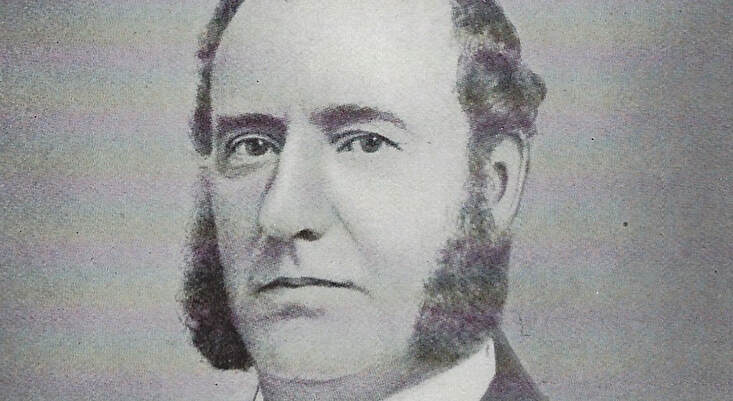
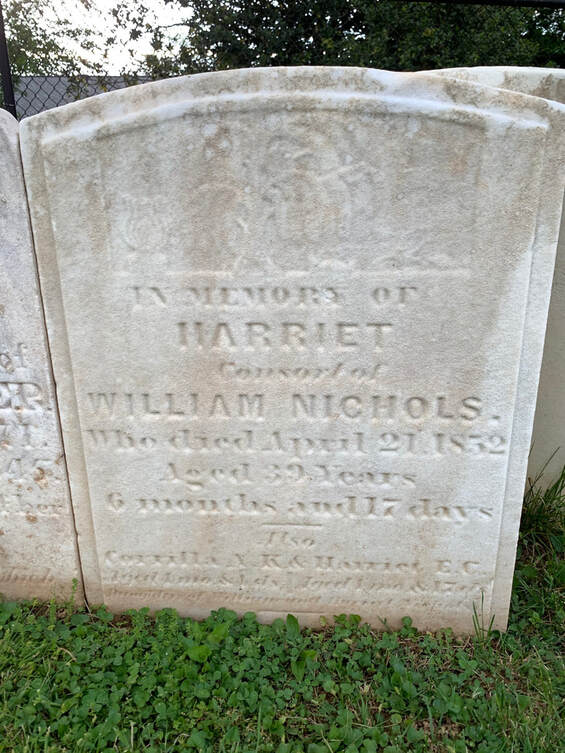
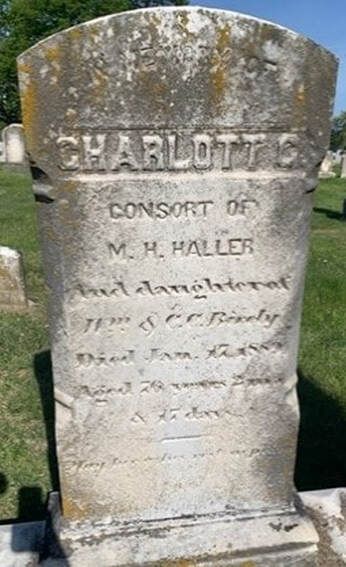
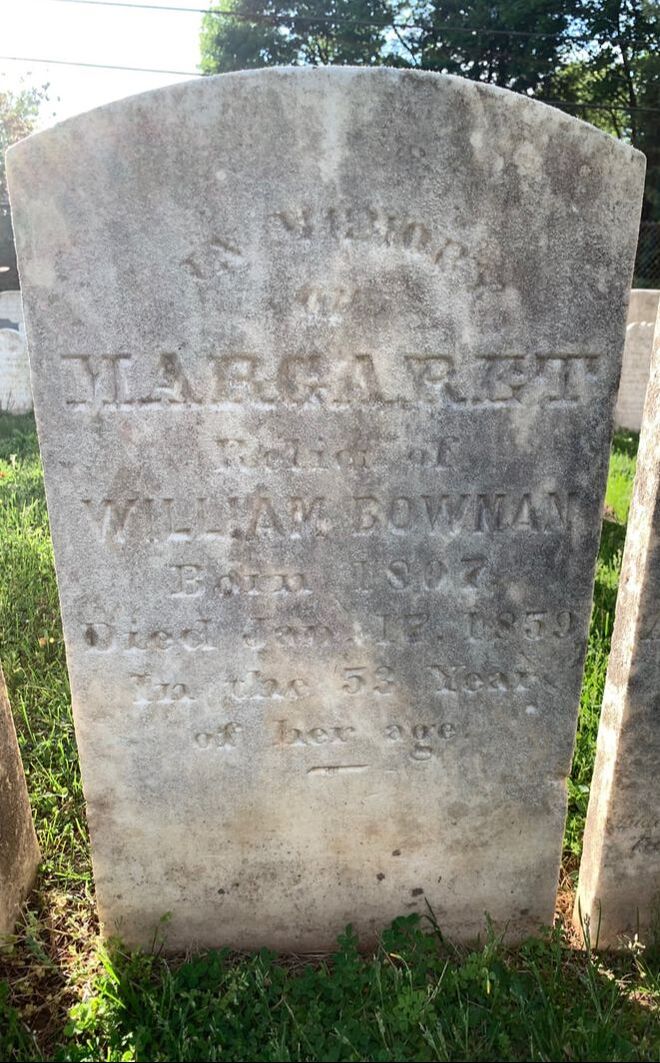
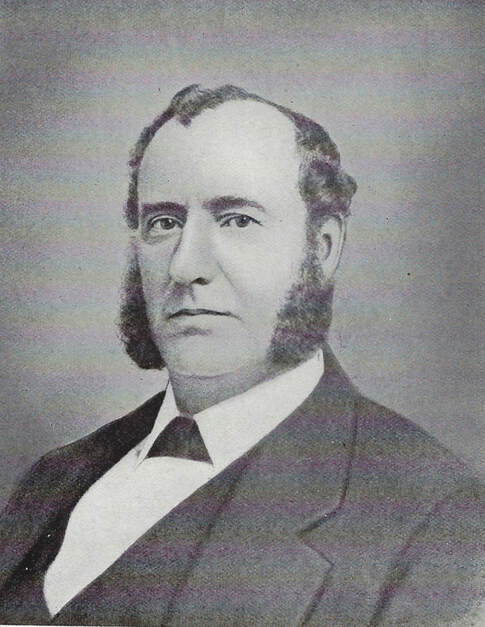
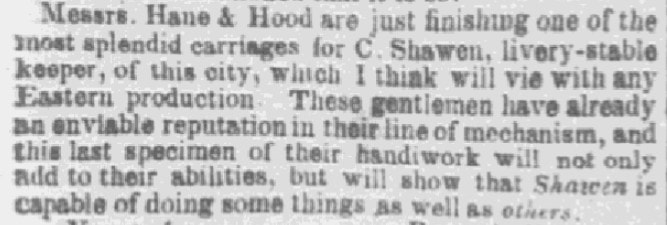


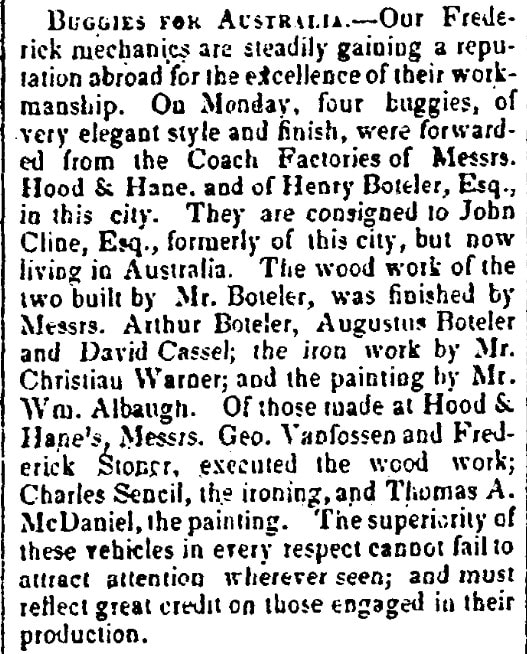
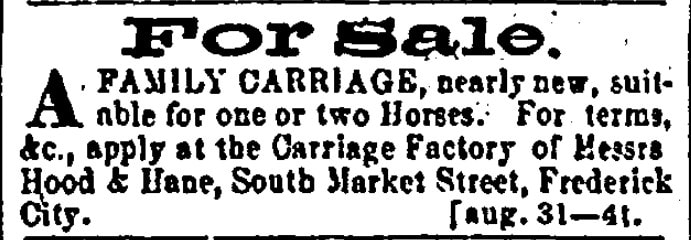
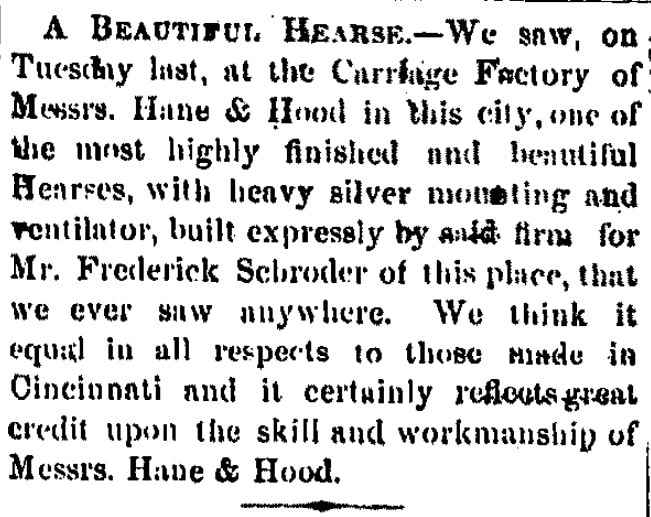
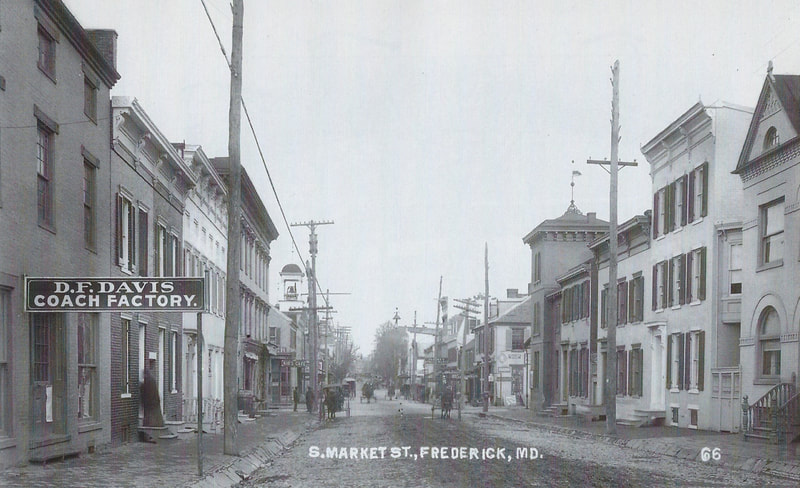
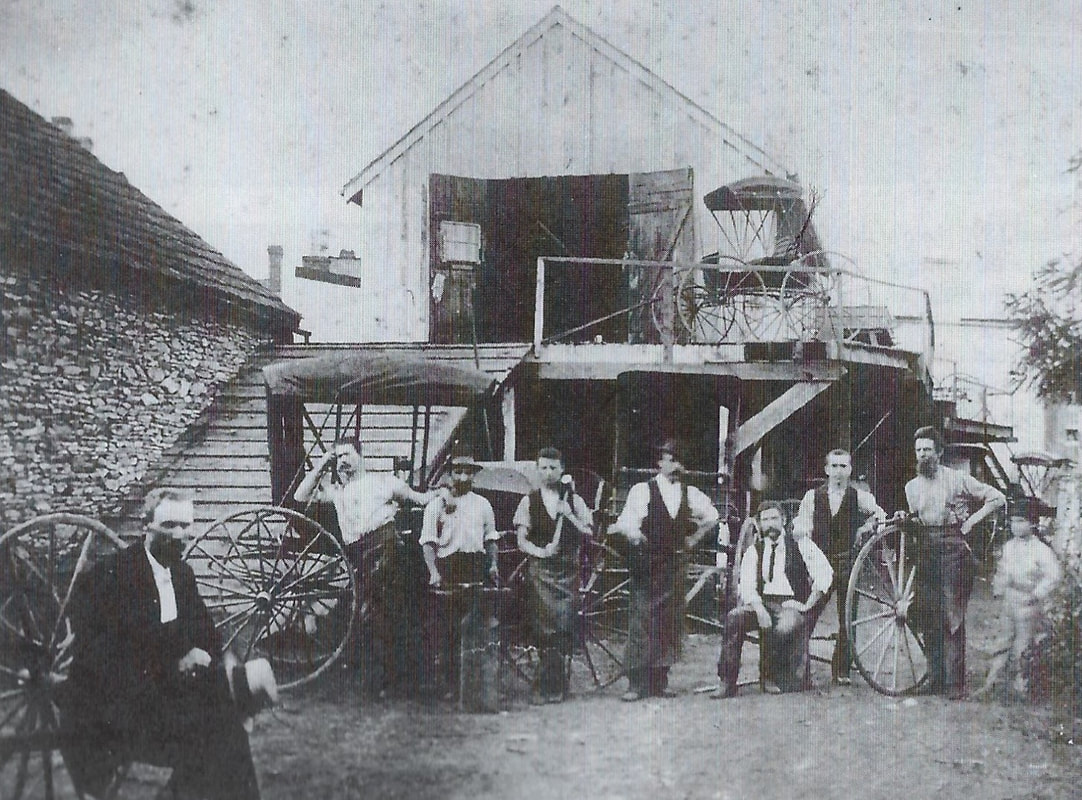
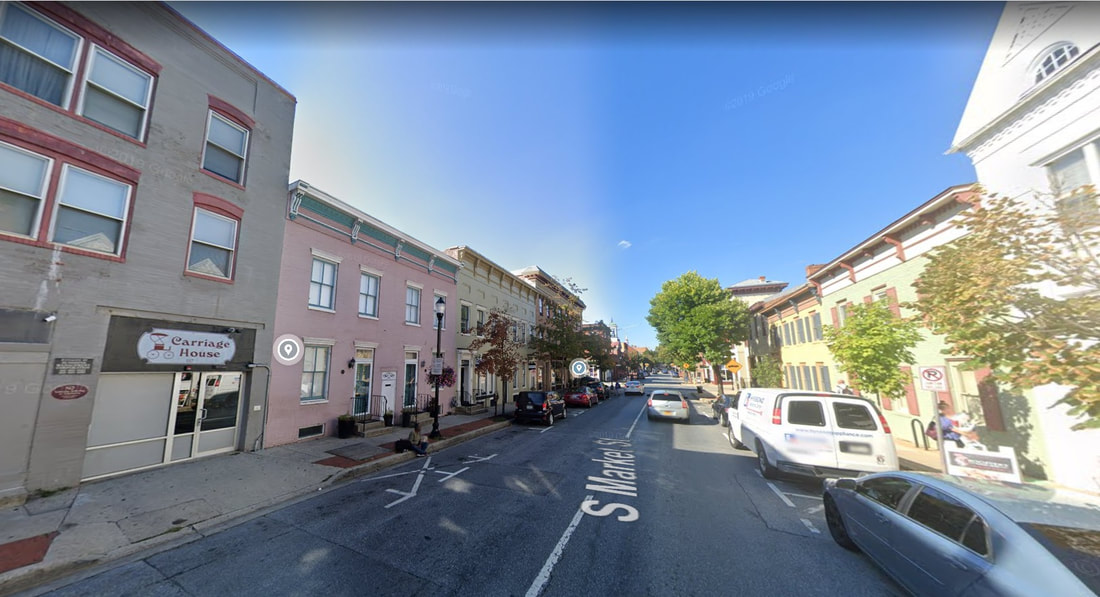
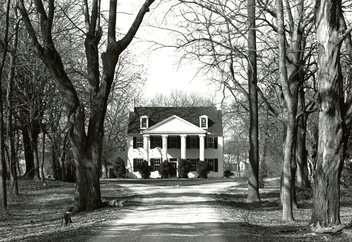
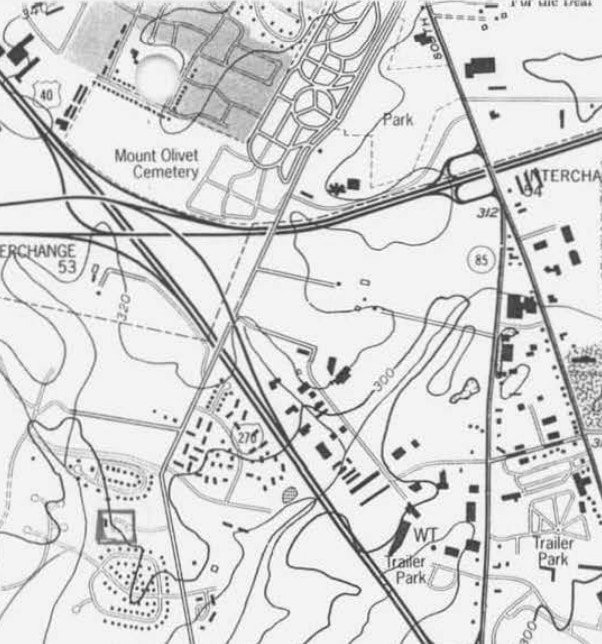
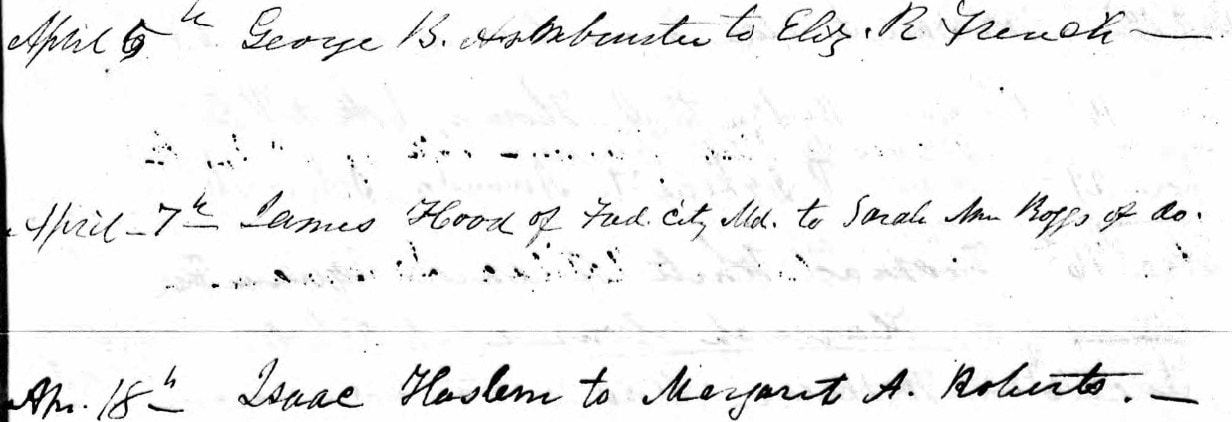


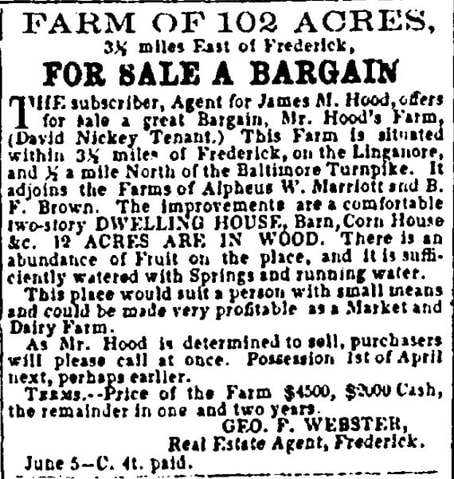

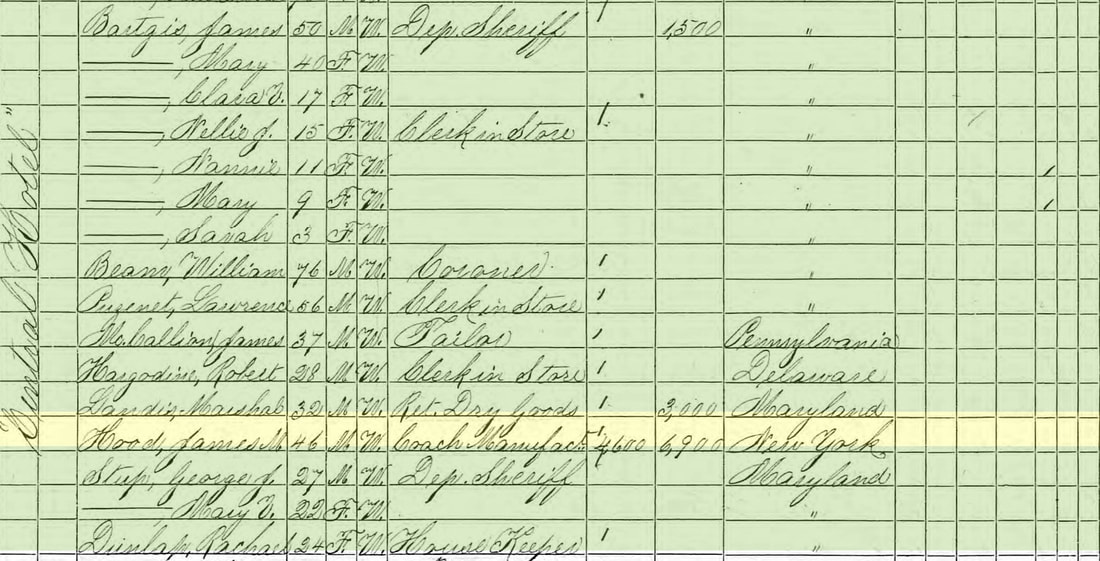
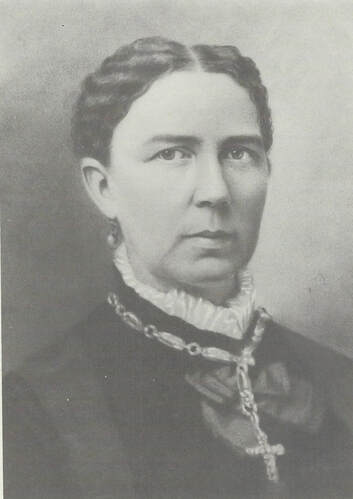
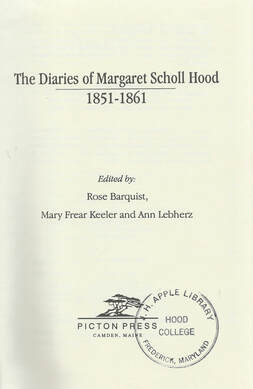
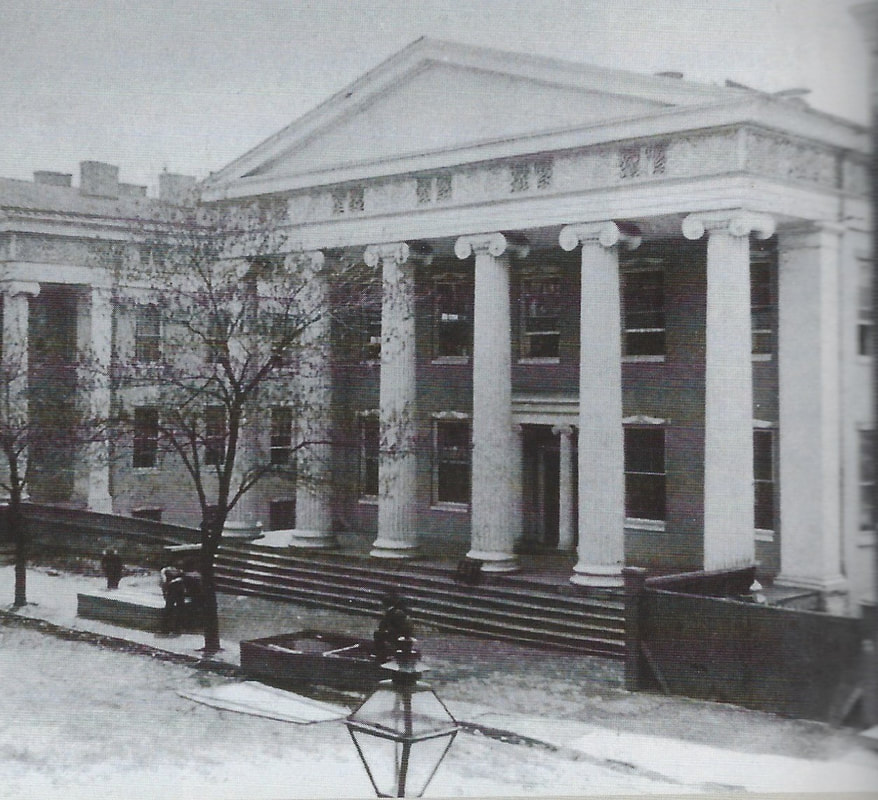
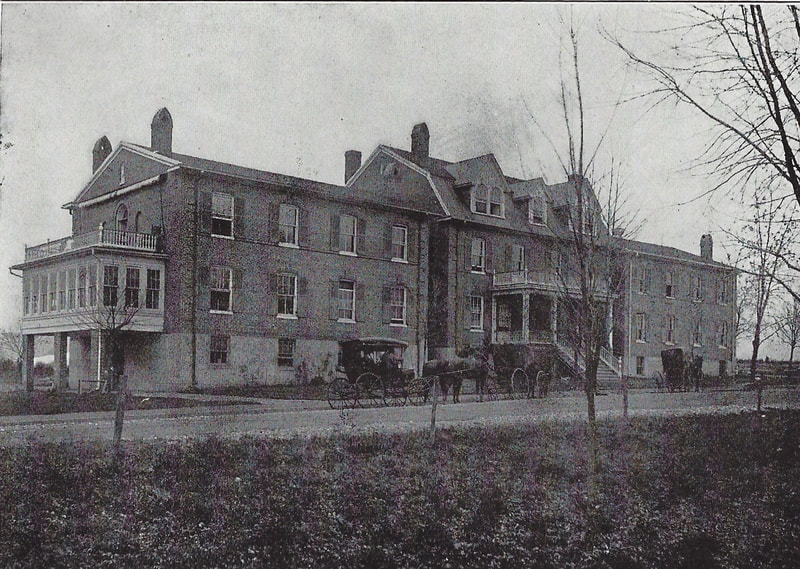

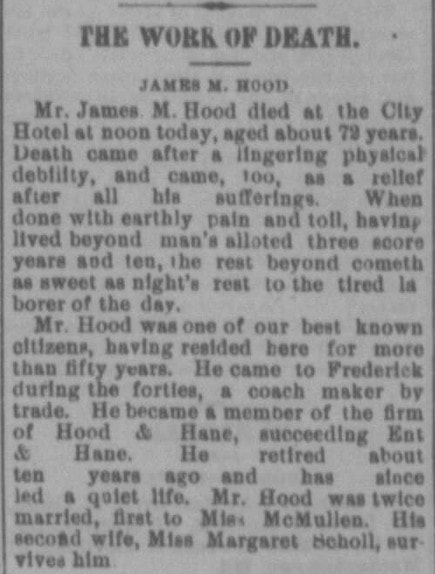
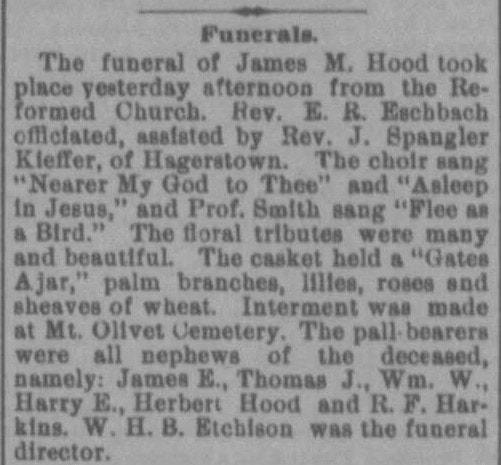
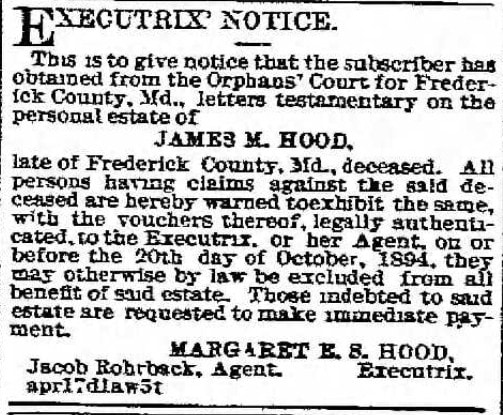
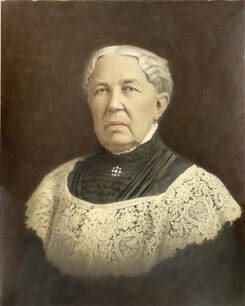
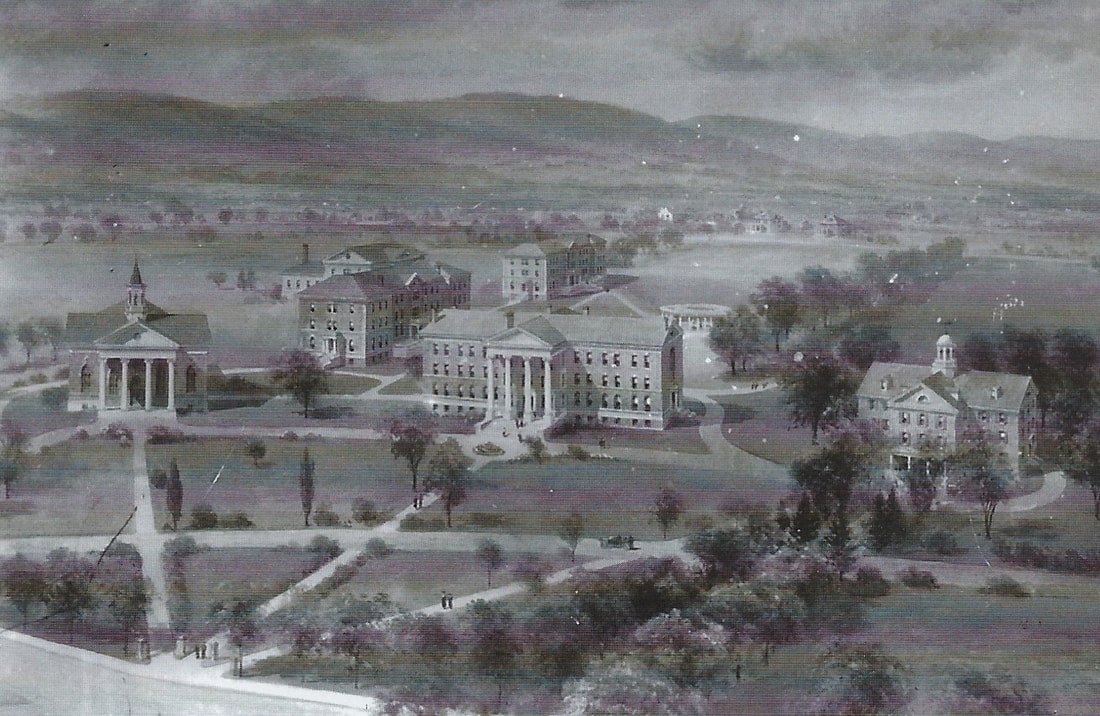
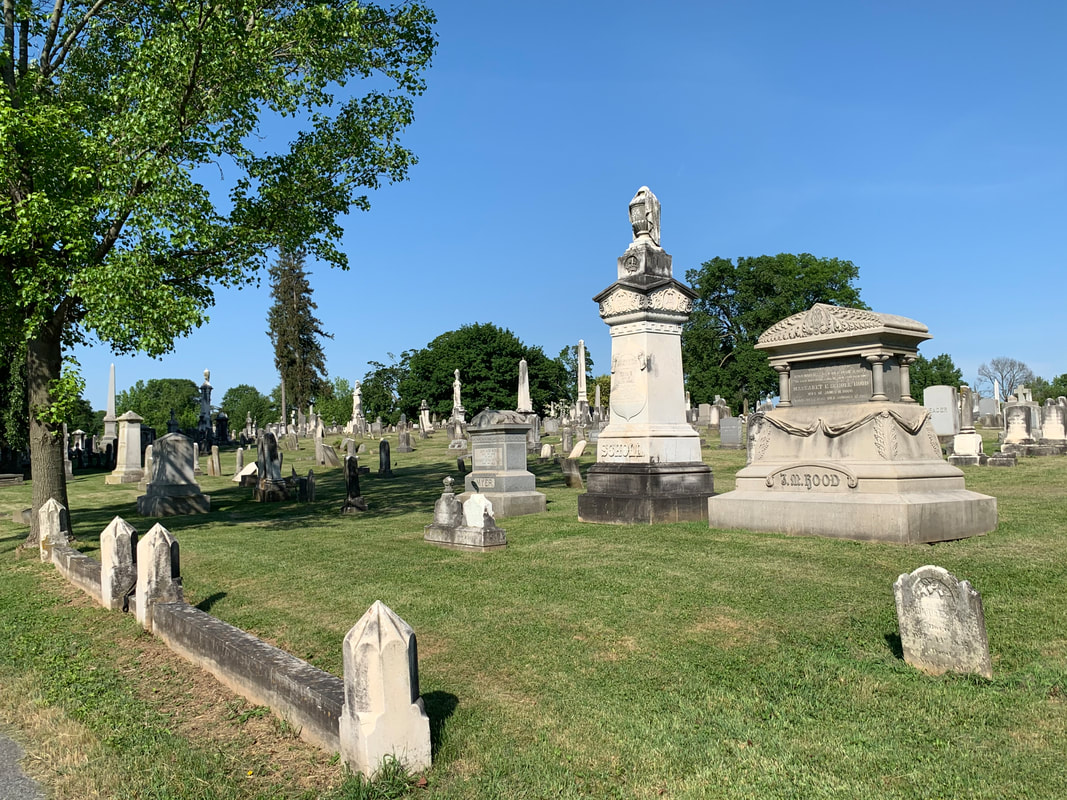
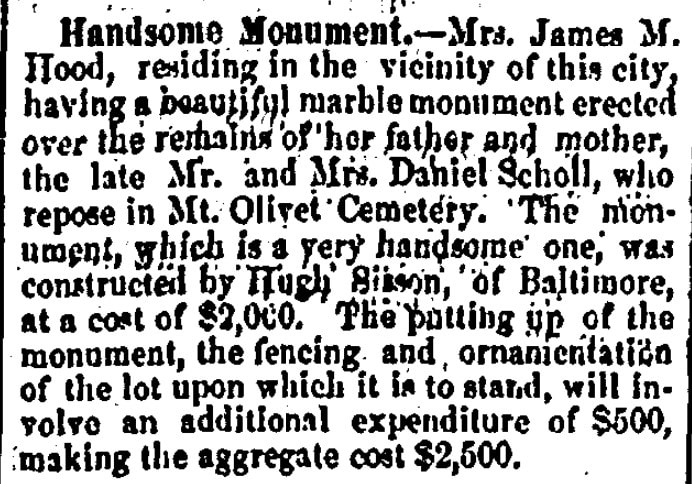
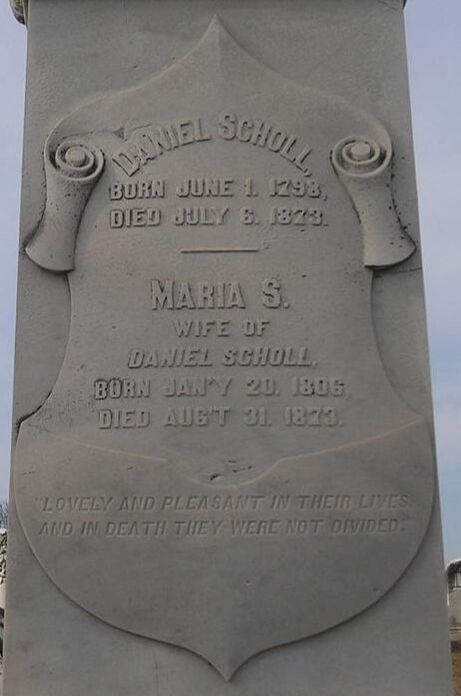
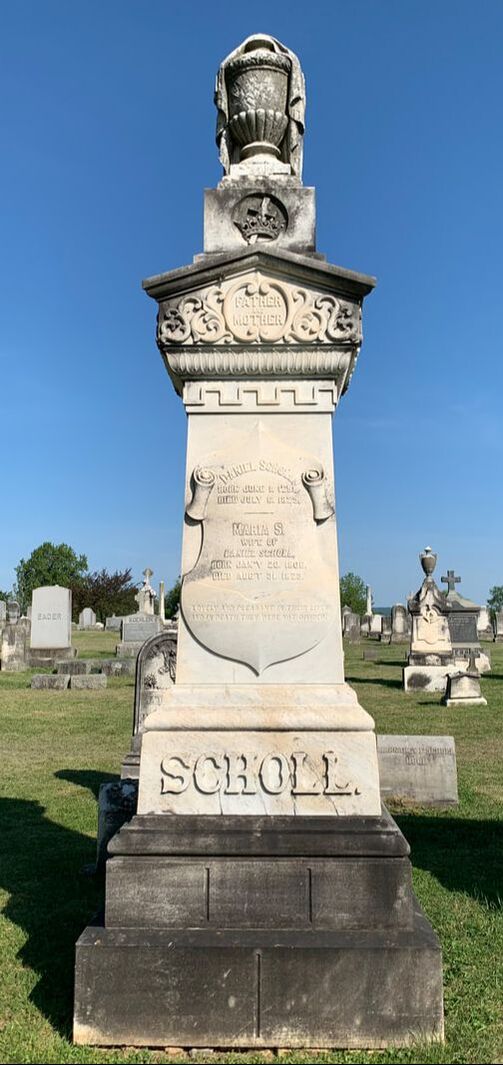
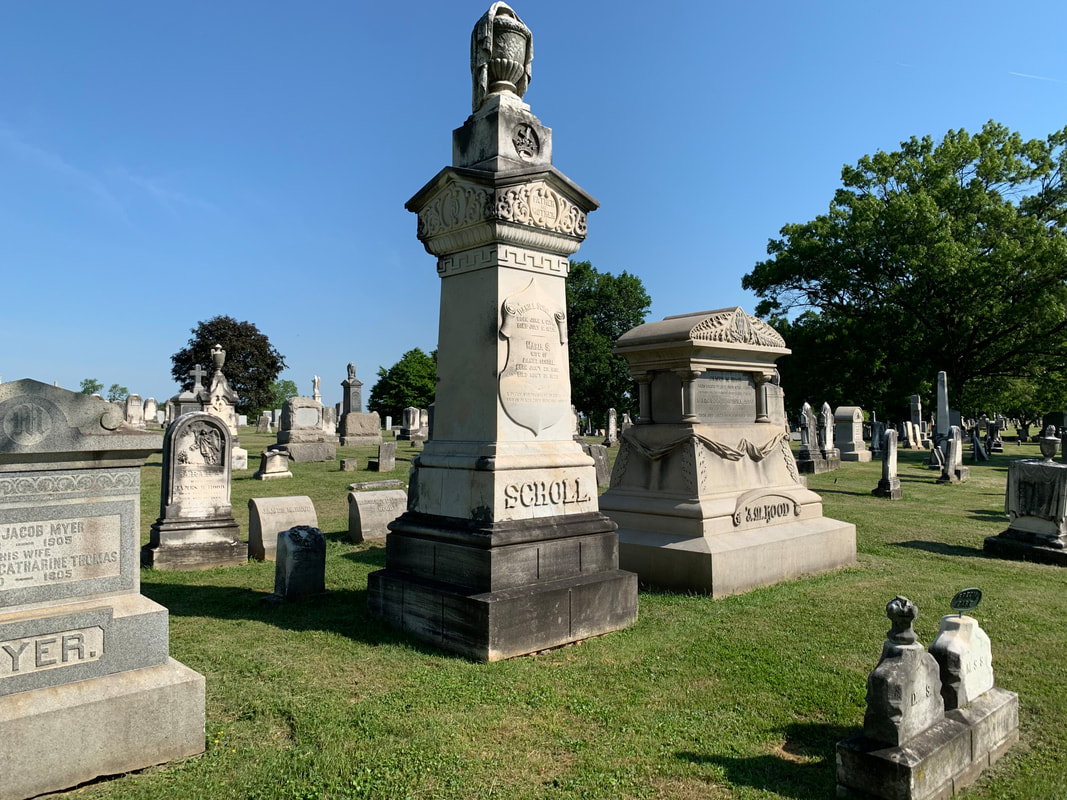
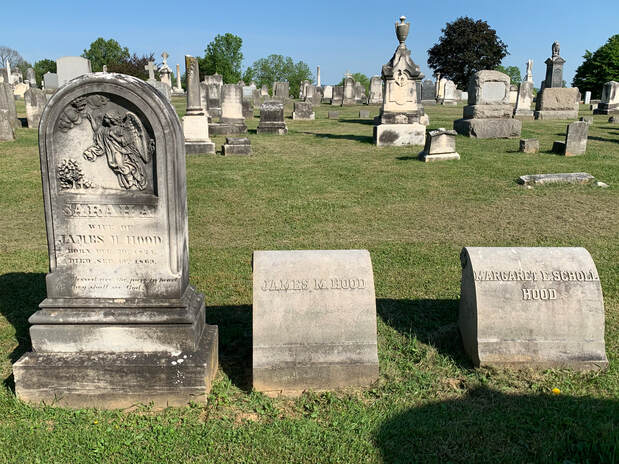
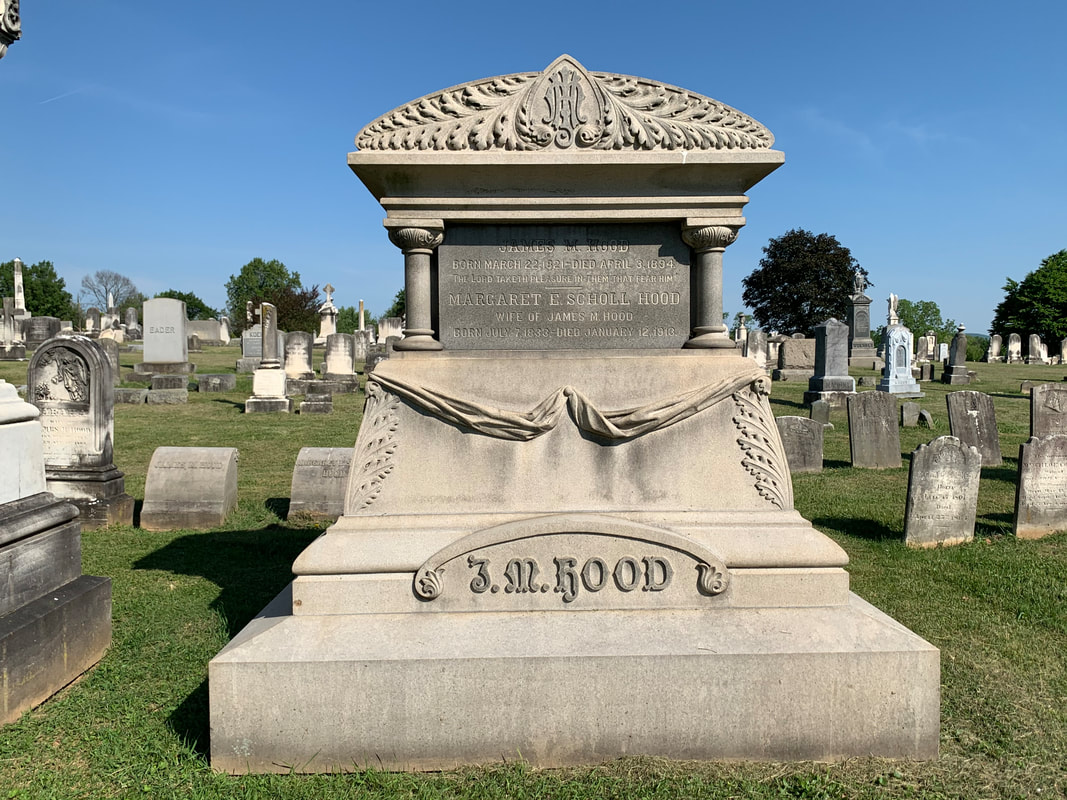
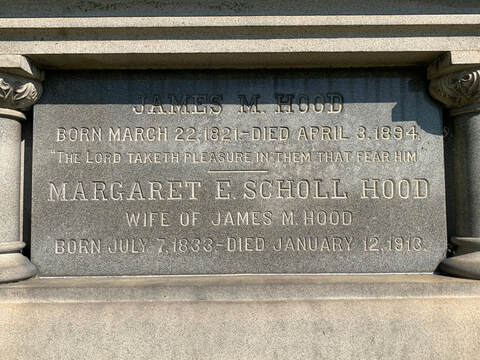
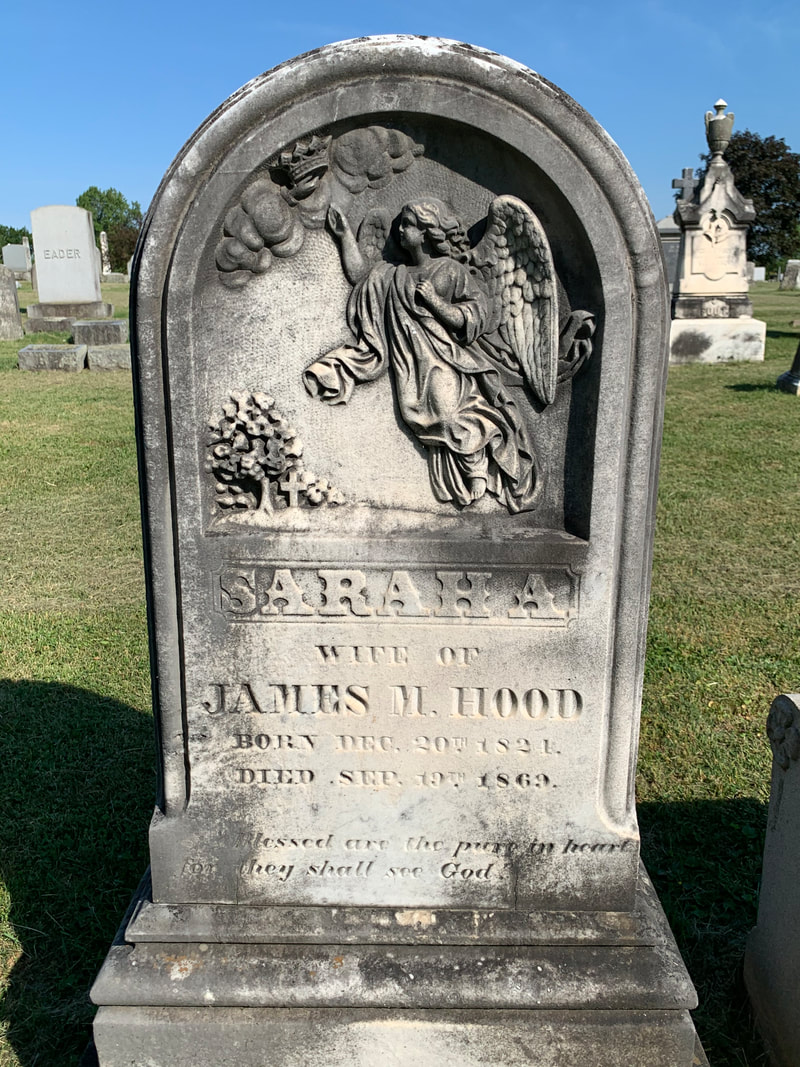
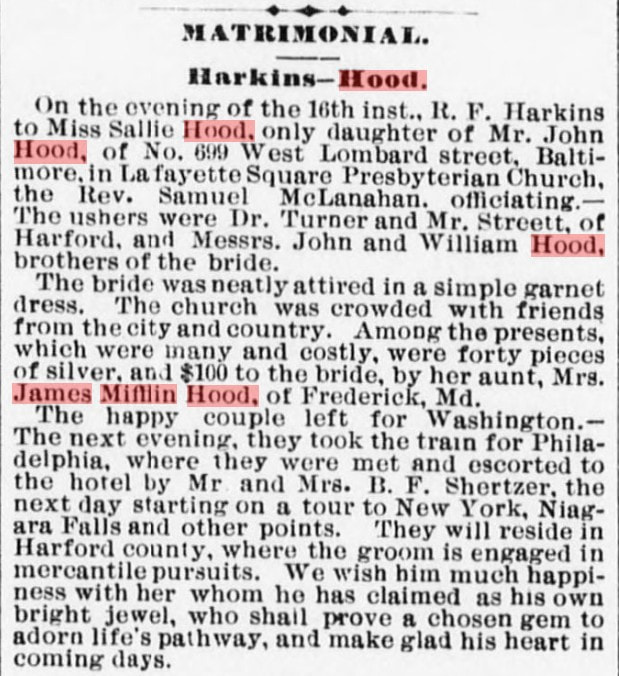
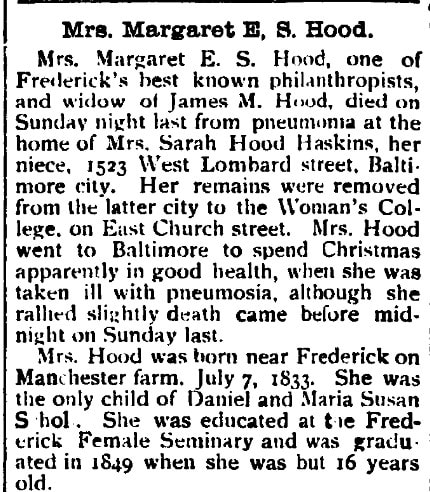
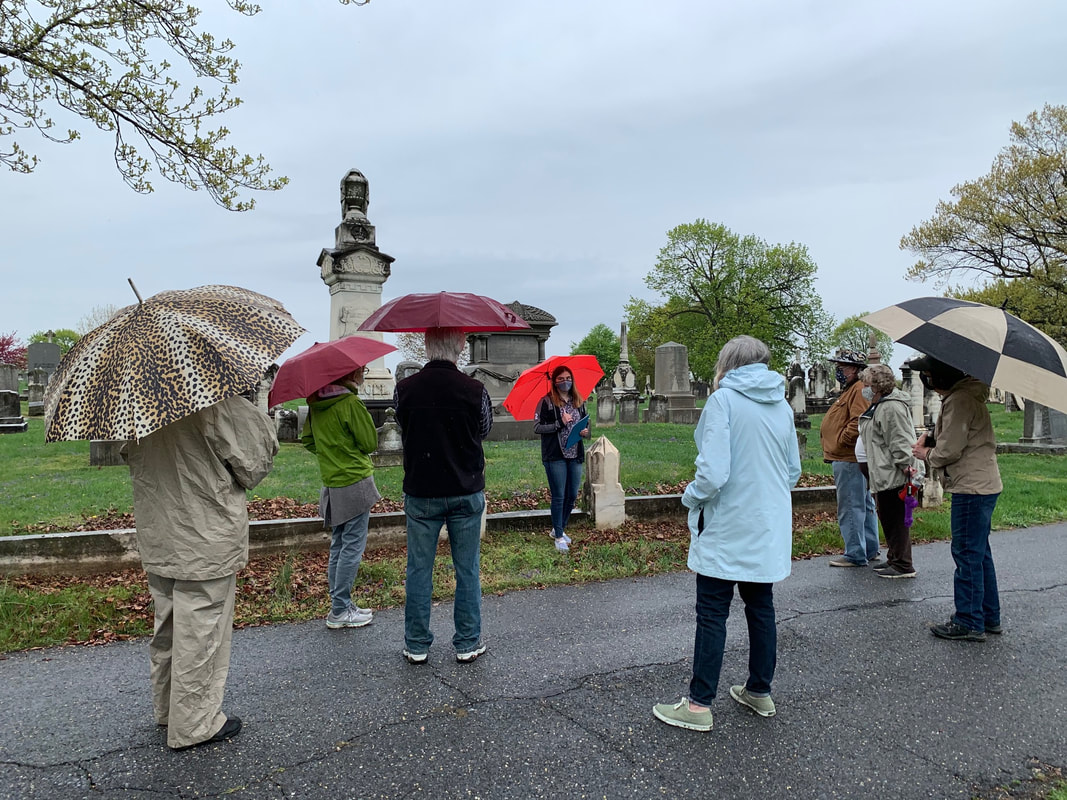

 RSS Feed
RSS Feed